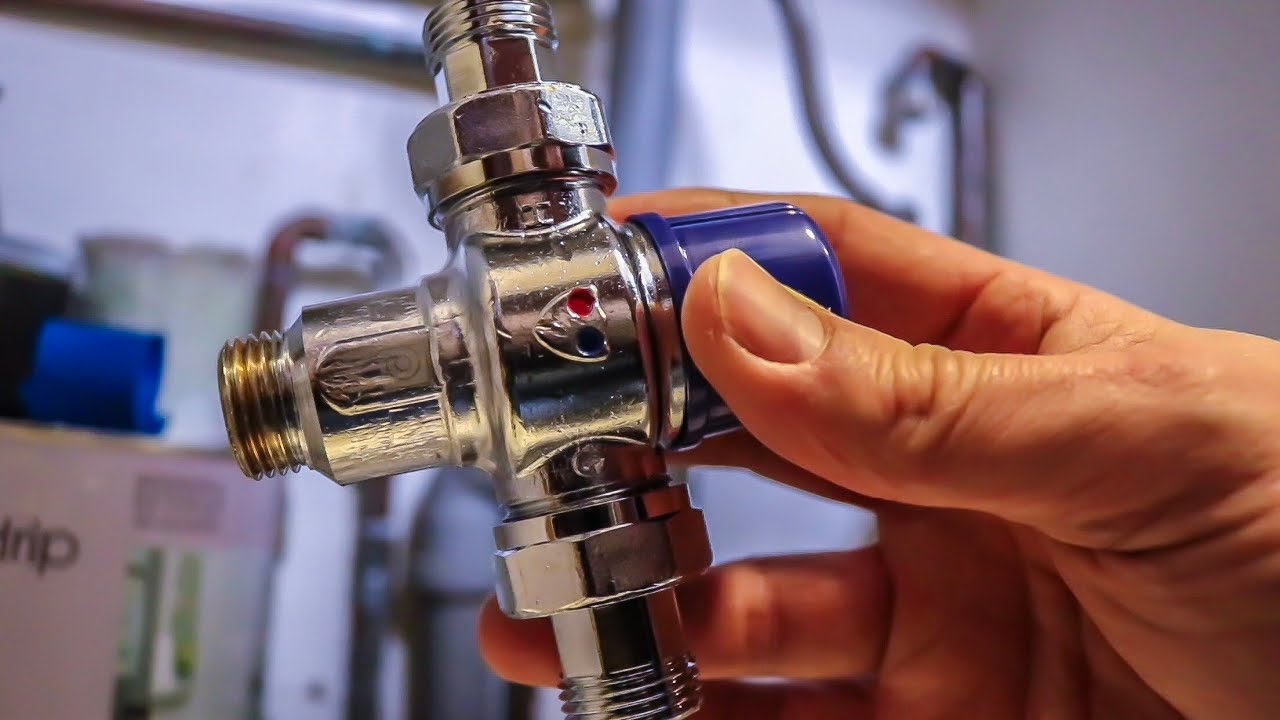

Articles
What Is A Mixing Valve In Plumbing
Modified: December 7, 2023
Learn about the importance of mixing valves in plumbing systems and how they help regulate and control water temperatures. Read our informative articles today!
(Many of the links in this article redirect to a specific reviewed product. Your purchase of these products through affiliate links helps to generate commission for Storables.com, at no extra cost. Learn more)
Introduction
A mixing valve is a crucial component in plumbing systems that allows for the precise control of water temperature. It is commonly used in residential and commercial settings to ensure a safe and comfortable water supply. Whether you’re taking a refreshing shower or washing your hands, a mixing valve plays a vital role in delivering the perfect blend of hot and cold water.
In this article, we will explore the definition of a mixing valve, how it works, its importance in plumbing systems, different types of mixing valves, the benefits of using them, common issues that may arise, as well as their installation and maintenance.
Understanding the functions and benefits of mixing valves will not only help you appreciate their importance in your daily life but also assist you in making informed decisions when it comes to plumbing installations or upgrades. So, let’s dive into the world of mixing valves and gain a deeper understanding of this essential plumbing component.
Key Takeaways:
- Mixing valves are essential for precise water temperature control, safety, and energy efficiency in plumbing systems, providing a comfortable and enjoyable experience for users.
- Proper installation and regular maintenance of mixing valves are crucial for optimal performance, longevity, and the prevention of common issues such as temperature fluctuations and leakage.
Read more: What Is A Gate Valve In Plumbing
Definition of a Mixing Valve
A mixing valve, also known as a temperature control valve or a thermostatic mixing valve (TMV), is a plumbing device designed to regulate and control the temperature of water that flows through it. It is typically installed at the point where hot and cold water supplies come together, such as under sinks, in showers, or behind washing machines.
The primary function of a mixing valve is to blend hot and cold water to achieve a desired and safe water temperature for various applications. It ensures that the water temperature remains constant, even when there are fluctuations in the incoming hot and cold water supplies.
Mixing valves are equipped with temperature-sensitive mechanisms that automatically adjust the proportion of hot and cold water in response to changes in temperature. This allows for precise control over the water temperature, providing a comfortable and safe water supply.
Most mixing valves have a temperature adjustment knob or handle that allows users to set the desired water temperature. The valve then regulates the flow of hot and cold water to maintain the selected temperature, providing a consistent and enjoyable bathing or washing experience.
It’s important to note that not all plumbing systems have mixing valves installed. In older homes or buildings, water temperature control may rely solely on manual adjustment using separate hot and cold taps. However, with modern advancements in plumbing technology and the increased emphasis on safety and comfort, mixing valves have become a standard feature in many plumbing installations.
How Does a Mixing Valve Work?A mixing valve works by combining hot and cold water to achieve a desired water temperature. It contains an intricate mechanism that responds to changes in temperature and adjusts the flow of hot and cold water accordingly.
At the heart of a mixing valve is a temperature-sensitive element, commonly a thermostatic cartridge or a wax-filled cylinder. This element expands or contracts in response to temperature changes. As the temperature of the incoming water fluctuates, the element triggers the valve to either increase or decrease the flow of hot or cold water to maintain the set temperature.
When the desired water temperature is set on the mixing valve, the thermostat inside the valve continually compares the actual water temperature with the set temperature. If the actual temperature deviates from the desired temperature, the thermostat activates the valve’s internal mechanism to adjust the flow of hot and cold water.
For example, if the incoming cold water temperature rises, the thermostat detects this change and reduces the flow of hot water while increasing the flow of cold water. Conversely, if the incoming cold water temperature drops, the valve will reduce the flow of cold water and increase the flow of hot water to maintain the set temperature.
Mixing valves are designed to respond quickly and precisely to temperature changes, ensuring a consistent water temperature regardless of variations in the incoming supply. This feature is especially important for safety reasons, as it prevents scalding by limiting the temperature of the outgoing water to a safe level.
Overall, a mixing valve functions as a temperature regulator, blending hot and cold water to provide a comfortable and controlled water temperature for various applications, whether it’s showering, washing dishes, or doing laundry. It offers convenience, safety, and a pleasant bathing or washing experience for users.
Importance of Mixing Valves in Plumbing Systems
Mixing valves play a vital role in plumbing systems and offer numerous benefits that contribute to the overall functionality, safety, and efficiency of the system. Here are some key reasons why mixing valves are important:
- Temperature Control: One of the primary reasons for the use of mixing valves is to achieve and maintain a desired water temperature. Mixing valves allow users to set a specific temperature, ensuring a comfortable and consistent flow of water. This is particularly important in applications such as showers, where people rely on a steady stream of warm water.
- Safety: Mixing valves are essential for preventing scalding accidents in plumbing systems. Water that is too hot can cause severe burns, especially for vulnerable individuals such as children, the elderly, or people with disabilities. By controlling the temperature of the water supply, mixing valves reduce the risk of scalds and provide a safe bathing or washing experience.
- Energy Efficiency: Properly functioning mixing valves contribute to energy efficiency by reducing energy wastage. By precisely controlling the mix of hot and cold water, they help prevent the unnecessary heating of water to high temperatures. This not only conserves energy but also reduces energy costs, making it an environmentally friendly choice.
- Prevention of Bacterial Growth: Mixing valves can help prevent the growth of harmful bacteria, such as Legionella, in plumbing systems. By maintaining a consistent temperature, typically between 120°F and 140°F (49°C and 60°C), mixing valves discourage the growth of bacteria that thrive in lukewarm water. This is particularly crucial in commercial settings where there is a higher risk of bacterial contamination.
- Combating Thermal Shock: Thermal shock occurs when there are rapid temperature fluctuations in water. This can be uncomfortable and potentially dangerous. Mixing valves regulate the temperature to prevent sudden shifts, ensuring a smooth transition from hot to cold water and minimizing the risk of thermal shock.
- Compliance with Building Codes: Many building codes and regulations require the installation of mixing valves in certain settings, such as schools, healthcare facilities, and public buildings. Following these codes ensures compliance and helps maintain the safety and well-being of occupants.
Overall, mixing valves are an indispensable component of plumbing systems, offering temperature control, safety, energy efficiency, and compliance with regulations. By incorporating mixing valves into plumbing installations, you can enjoy enhanced functionality, peace of mind, and a more comfortable water supply for various applications.
Types of Mixing Valves
There are several types of mixing valves available, each designed for specific applications and requirements. Let’s explore some of the most common types:
- Thermostatic Mixing Valves (TMVs): These are the most widely used and versatile types of mixing valves. TMVs are equipped with a thermostatic element that senses the temperature of the incoming water and adjusts the flow of hot and cold water to maintain a set temperature. They are commonly used in showers, bathtubs, sinks, and other plumbing fixtures that require precise temperature control.
- Pressure-Balancing Valves: Pressure-balancing valves are primarily designed to maintain a constant water pressure rather than a specific water temperature. They work by automatically adjusting the flow of hot and cold water to balance the pressure, preventing drastic pressure changes that can occur when someone uses water elsewhere in the system. These valves are commonly used in showers to prevent scalding or temperature fluctuations when other fixtures in the house are in use.
- Thermostatic Mixing Valve with Diverter: This type of mixing valve includes a diverter function, allowing for the control of both the temperature and direction of water flow. It is commonly used in showers with multiple outlets, such as overhead showerheads and handheld sprayers.
- Temperature-Limiting Valves: Temperature-limiting valves are designed to restrict the maximum temperature of the outgoing water to prevent scalding accidents. They are commonly used in commercial buildings, healthcare facilities, and childcare centers, where it is essential to ensure water safety for vulnerable individuals.
- Self-Closing Mixing Valves: Self-closing mixing valves are equipped with a spring-loaded mechanism that automatically shuts off the water supply after a certain period. They are commonly used in public spaces with high water usage, such as public restrooms, to conserve water and prevent wastage.
It’s important to consult with a professional plumber or research the specific requirements of your plumbing system to determine the most appropriate type of mixing valve for your needs. The type of valve chosen will depend on factors such as the application, desired temperature control, water pressure, and regulatory requirements.
Overall, mixing valves come in various types, each serving a distinct purpose, and selecting the right type is essential to ensure optimal performance, comfort, and safety in your plumbing system.
Read more: What Is A Check Valve In Plumbing
Benefits of Using Mixing Valves in Plumbing
Using mixing valves in plumbing systems offers a range of benefits that enhance functionality, safety, and overall user experience. Let’s explore some of the key advantages:
- Safe Water Temperatures: One of the primary benefits of using mixing valves is the ability to achieve and maintain safe water temperatures. Mixing valves prevent scalding accidents by blending hot and cold water to provide a consistent and controlled water temperature. This is especially important for households with vulnerable individuals such as children, the elderly, or people with disabilities.
- Comfortable Showers and Baths: Mixing valves ensure a pleasant bathing experience by allowing users to set their desired water temperature. Whether you prefer a lukewarm shower or a hot bath, a mixing valve provides the flexibility to customize your water temperature to suit your preferences.
- Energy Efficiency: Mixing valves contribute to energy efficiency by reducing energy wastage. By precisely blending hot and cold water at the desired temperature, they eliminate the need for excessive heating or cooling of water. This not only conserves energy but also helps lower utility bills.
- Prevention of Thermal Shock: Mixing valves help prevent sudden shifts in water temperature, providing a smooth transition from hot to cold water. This minimizes the risk of thermal shock, which can be uncomfortable and potentially dangerous.
- Protection Against Legionella and Bacterial Growth: By maintaining water temperatures within a specified range, mixing valves help prevent the growth of harmful bacteria, including Legionella. Consistent water temperatures discourage bacterial growth, ensuring a safe and hygienic water supply.
- Regulatory Compliance: Many building codes and regulations require the installation of mixing valves in specific settings to ensure the safety and well-being of occupants. By using mixing valves, you can meet these requirements and assure compliance with plumbing standards.
- Extended Lifespan of Plumbing Fixtures: By delivering water at optimal temperatures, mixing valves help extend the lifespan of plumbing fixtures, such as faucets and showerheads. Consistent water temperatures reduce corrosion, mineral buildup, and wear and tear, resulting in less frequent maintenance or replacement of fixtures.
Overall, the benefits of using mixing valves in plumbing systems are significant. They provide safe and comfortable water temperatures, contribute to energy efficiency, prevent thermal shock, protect against bacterial growth, ensure compliance with regulations, and help prolong the lifespan of plumbing fixtures. Investing in mixing valves is a worthwhile decision that enhances not only the functionality but also the safety and overall performance of your plumbing system.
A mixing valve in plumbing is a device that blends hot and cold water to deliver a consistent and safe temperature. It is essential for preventing scalding and ensuring comfortable water temperatures for showers and faucets.
Common Issues with Mixing Valves
While mixing valves are essential components in plumbing systems, they can experience certain issues over time. It’s important to be aware of these common problems to ensure timely detection and proper maintenance. Let’s explore some of the most common issues that can arise with mixing valves:
- Temperature Fluctuations: Mixing valves may experience temperature fluctuations, where the water temperature varies unexpectedly. This can occur due to a faulty thermostatic element, mineral buildup, or problems with water pressure. Temperature fluctuations can disrupt the comfort and safety of the water supply.
- Failure to Reach Desired Temperature: Sometimes, mixing valves may fail to reach the desired water temperature set by the user. This issue can arise due to a malfunctioning thermostatic element or obstruction in the valve’s internal mechanism. It can result in water that is either too hot or too cold, leading to discomfort or safety concerns.
- Leakage: Leakage is a common issue with mixing valves and can occur at various points, including the valve body, connections, or handles. Leaks can result from worn-out seals or gaskets, loose fittings, or damaged components. Leakage can lead to wasted water, increased water bills, and potential water damage to surrounding areas.
- Mineral Buildup: Over time, mineral deposits from hard water can accumulate inside the mixing valve. This buildup can obstruct the valve’s internal mechanisms, affecting its performance and efficiency. It can result in reduced flow rates, temperature inaccuracies, or even complete valve failure if left unaddressed.
- Corrosion: Mixing valves can be susceptible to corrosion, especially if they are made of materials that are not resistant to corrosion. Corrosion can weaken the valve, causing leaks, reduced performance, or complete valve failure. Regular inspection and maintenance can help identify and prevent corrosion-related issues.
- Improper Installation: Incorrect installation of mixing valves can lead to various issues. Improper alignment of hot and cold water supplies, inadequate sealing, or incorrect mounting can result in leaks, temperature inconsistencies, or difficulty in adjusting the water temperature. It is crucial to hire a professional plumber to ensure proper installation.
If you encounter any of these issues with your mixing valve, it’s recommended to consult a professional plumber for inspection and repairs. Regular maintenance, including cleaning, checking for leaks, and replacing worn-out components, can help prevent these issues and ensure the optimal performance and longevity of the mixing valve.
Installation and Maintenance of Mixing Valves
Proper installation and regular maintenance of mixing valves are crucial to ensure their optimal performance and longevity. Here are some important considerations for the installation and maintenance of mixing valves:
Installation:
- Hire a Professional: It is recommended to hire a professional plumber for the installation of mixing valves. They have the expertise and experience to ensure proper installation, alignment, and connection of the valve to the hot and cold water supplies.
- Follow Manufacturer’s Guidelines: Carefully read and follow the manufacturer’s guidelines for your specific mixing valve model. This includes instructions for mounting, connection, and any specific considerations for the installation process.
- Ensure Proper Alignment: Check that the hot and cold water supplies are aligned correctly with the designated inputs on the mixing valve. Improper alignment can cause temperature inconsistencies or difficulty in adjusting the water temperature.
- Use Thread Sealant: Apply thread sealant tape or pipe joint compound on threaded connections to ensure a watertight seal. This helps prevent leaks and ensures the proper functioning of the mixing valve.
- Pressure and Flow Considerations: Ensure the water supply has adequate pressure and flow rates to meet the requirements of the mixing valve. If needed, evaluate and adjust the water pressure to ensure optimal performance.
Read more: What Is A Stop Valve In Plumbing
Maintenance:
- Regular Inspections: Conduct visual inspections of the mixing valve periodically to check for any signs of leakage, corrosion, or damage. Address any issues promptly to prevent further damage or failures.
- Cleaning and Flushing: If mineral buildup is observed, clean the mixing valve to remove any scale or debris that may obstruct its internal components. Follow the manufacturer’s recommendations for cleaning agents and procedures. Flushing the valve periodically can also help remove any sediment or debris that may accumulate over time.
- Temperature Calibration: Verify and calibrate the temperature settings of the mixing valve periodically, especially if you notice temperature inaccuracies or fluctuations. This ensures the valve maintains the desired water temperature accurately.
- Replace Worn-Out Components: Over time, components such as seals, gaskets, or cartridges may wear out and require replacement. Regularly inspect these parts and replace them when necessary to maintain the optimal performance of the mixing valve.
- Professional Servicing: Consider scheduling professional servicing by a plumber to ensure a thorough inspection and maintenance of the mixing valve. They can identify and address any underlying issues, perform more complex repairs, and provide expert advice on the longevity of the valve.
By following proper installation procedures and conducting regular maintenance, you can extend the lifespan of your mixing valve and ensure its reliable performance. Remember to consult the manufacturer’s guidelines and seek professional assistance when needed to ensure the best results.
Conclusion
Mixing valves play a crucial role in plumbing systems, providing precise control over water temperature and ensuring a safe and comfortable water supply. Whether it’s taking a shower, washing dishes, or doing laundry, mixing valves help create a pleasant and convenient experience for users.
In this article, we explored the definition of mixing valves, how they work, their importance in plumbing systems, different types of mixing valves, the benefits of using them, common issues that can arise, and the installation and maintenance considerations. From maintaining safe water temperatures and preventing scalding accidents to enhancing energy efficiency and protecting against bacterial growth, mixing valves offer a range of advantages that contribute to the overall functionality and safety of plumbing systems.
It is important to remember that proper installation and regular maintenance are key to ensuring the optimal performance and longevity of mixing valves. Hiring a professional plumber for installation, following manufacturer’s guidelines, and conducting regular inspections and cleaning can help prevent issues and prolong the lifespan of the valve.
In conclusion, mixing valves are essential components in modern plumbing systems. They provide a reliable and efficient way to control water temperature, ensuring a comfortable, safe, and enjoyable water supply for various applications. By understanding their importance and taking the necessary steps for installation and maintenance, you can fully benefit from the advantages that mixing valves offer in your plumbing system.
Frequently Asked Questions about What Is A Mixing Valve In Plumbing
Was this page helpful?
At Storables.com, we guarantee accurate and reliable information. Our content, validated by Expert Board Contributors, is crafted following stringent Editorial Policies. We're committed to providing you with well-researched, expert-backed insights for all your informational needs.
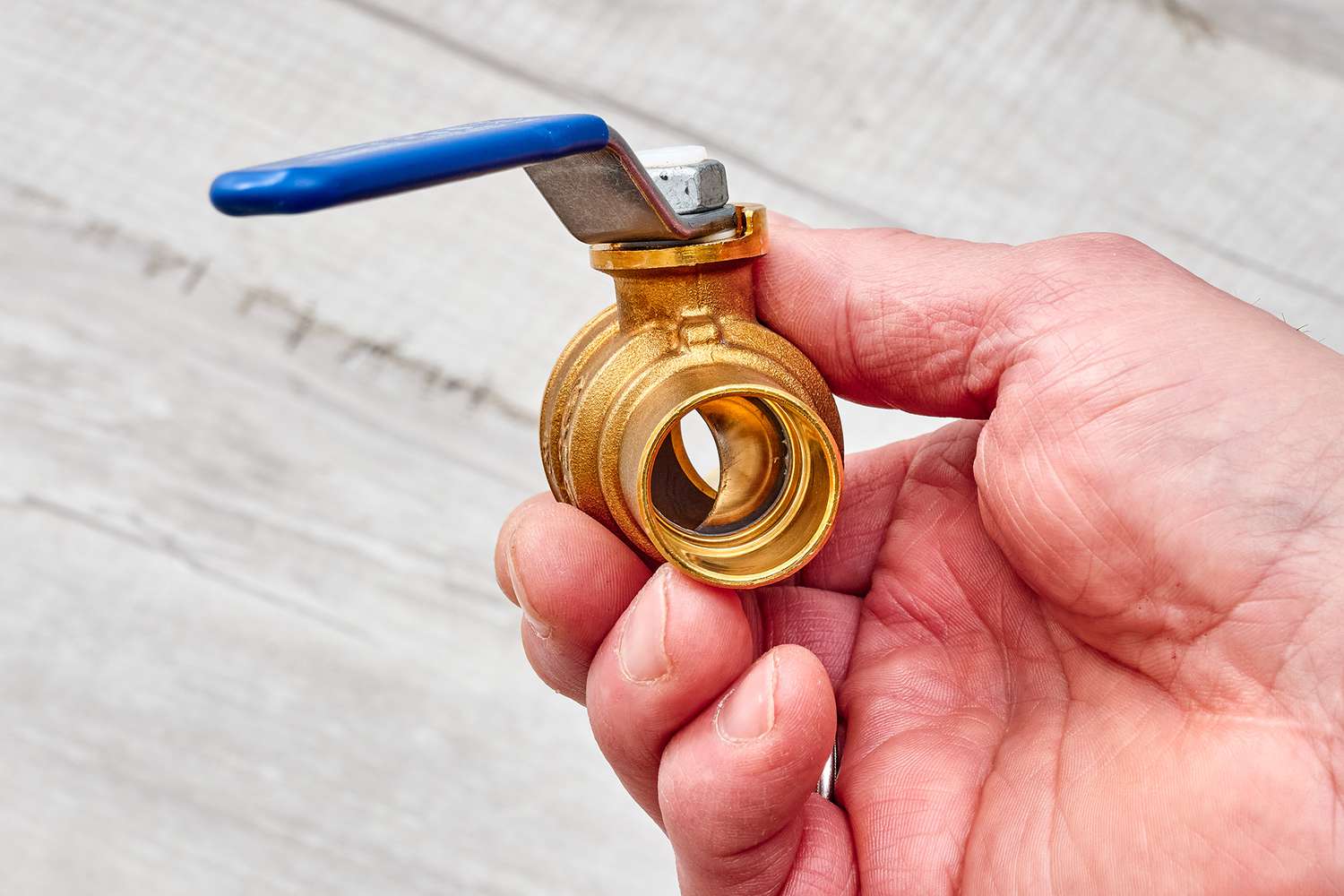
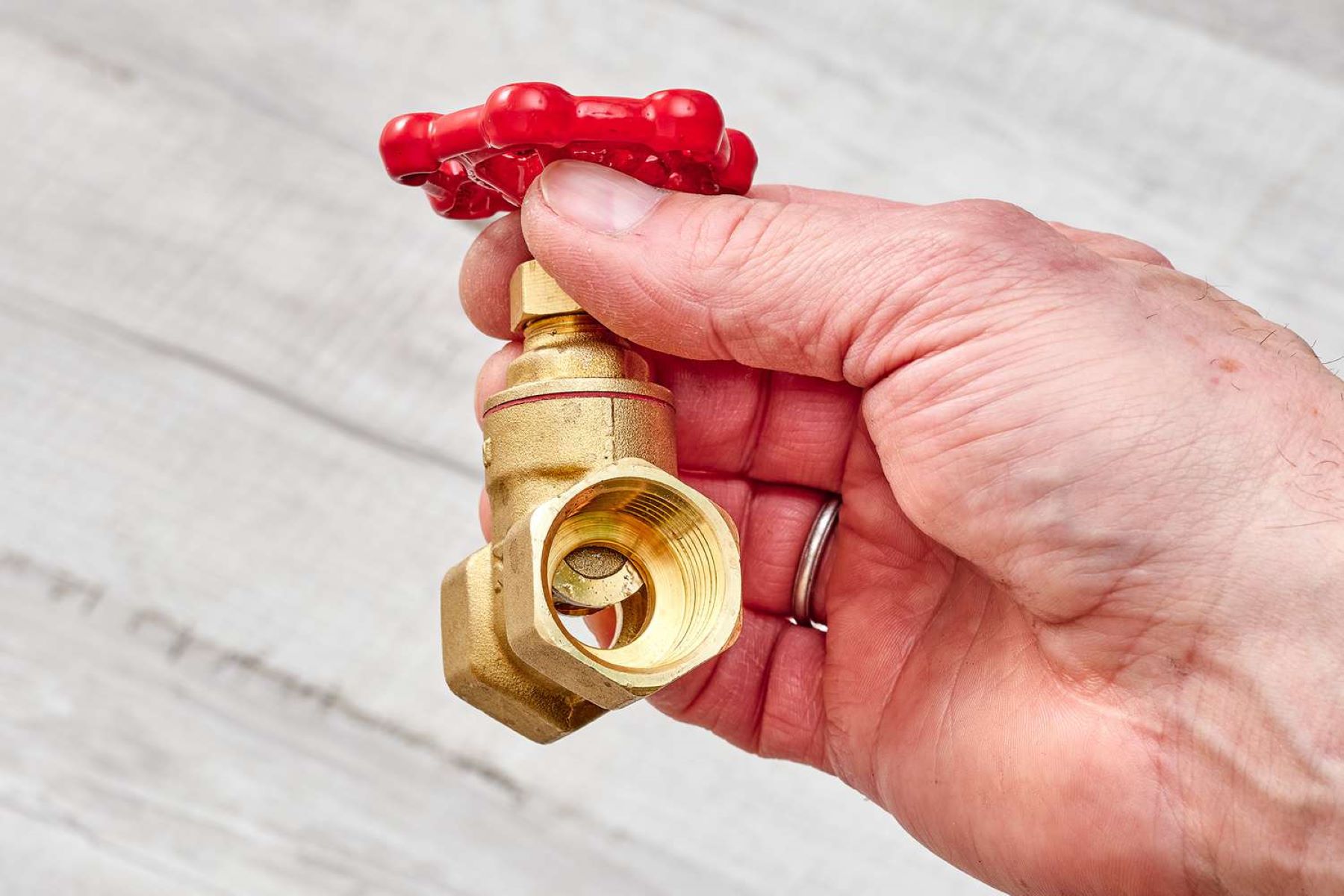
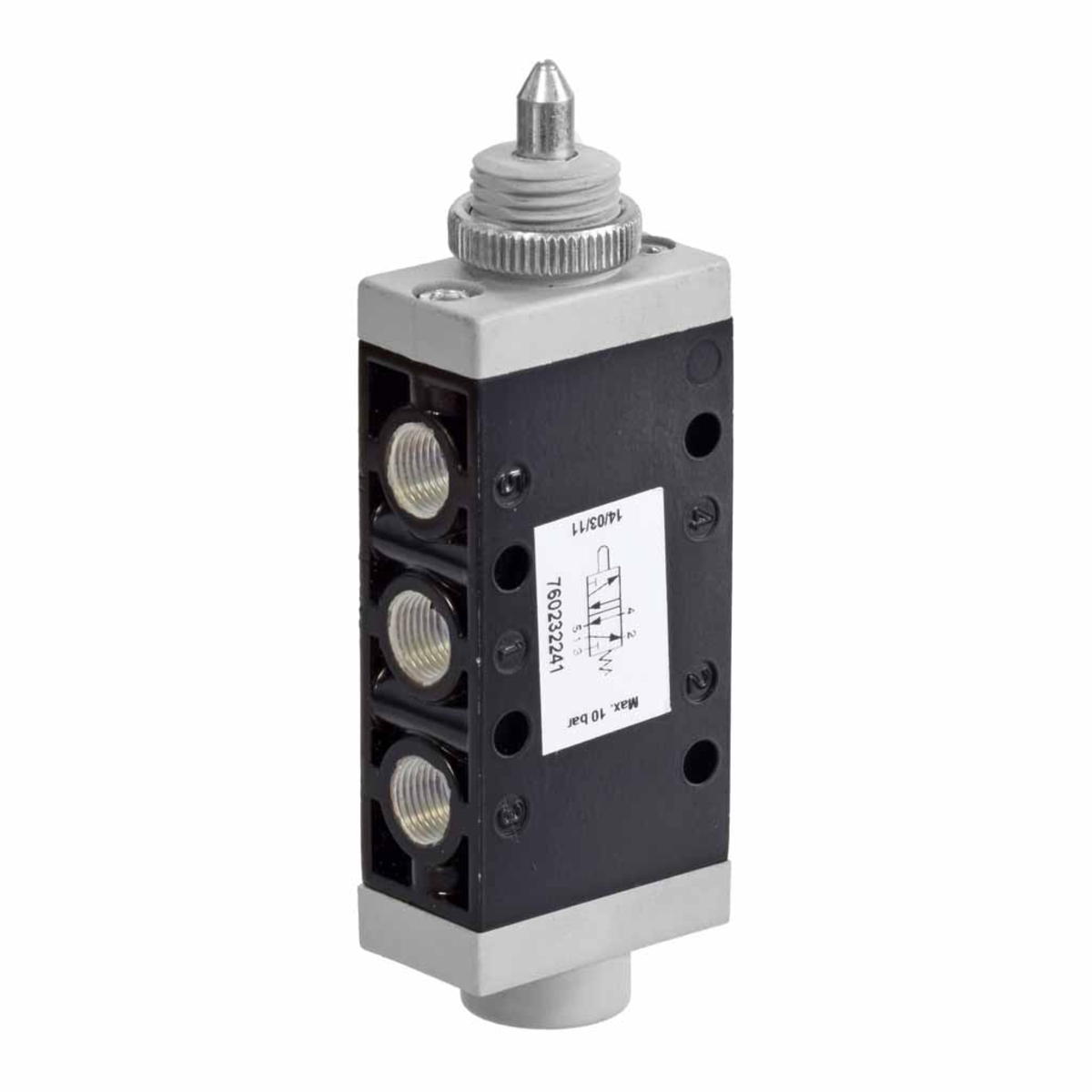

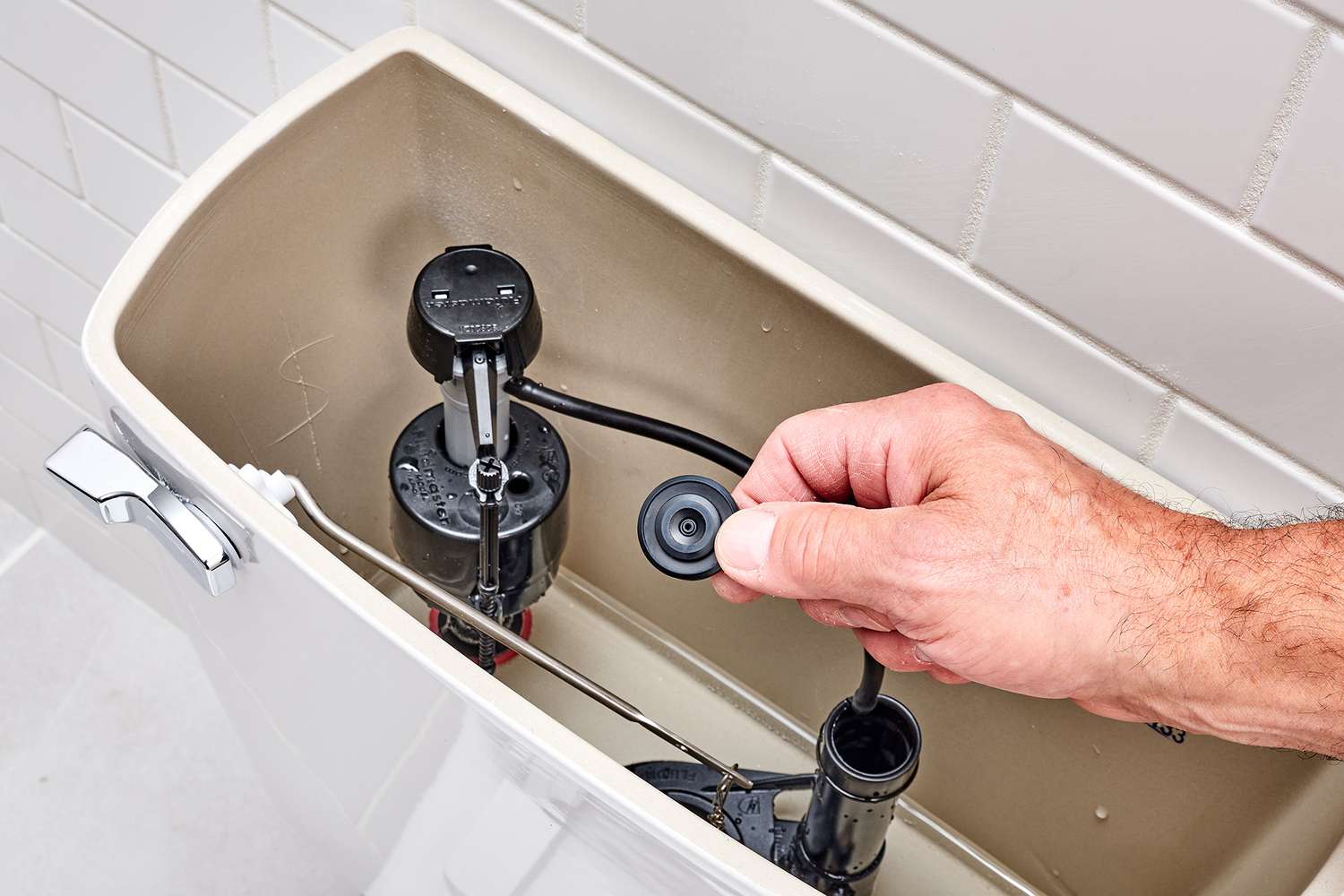
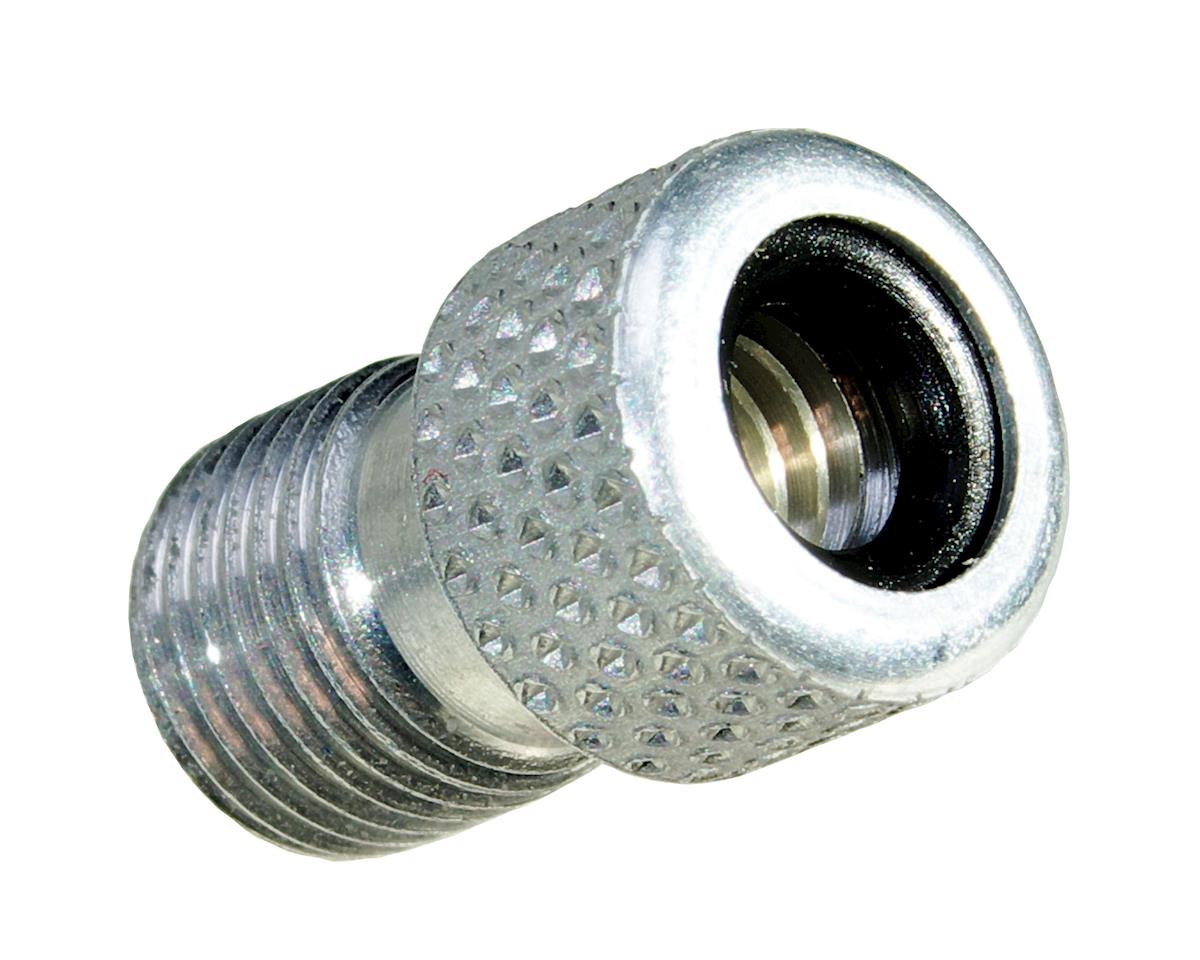
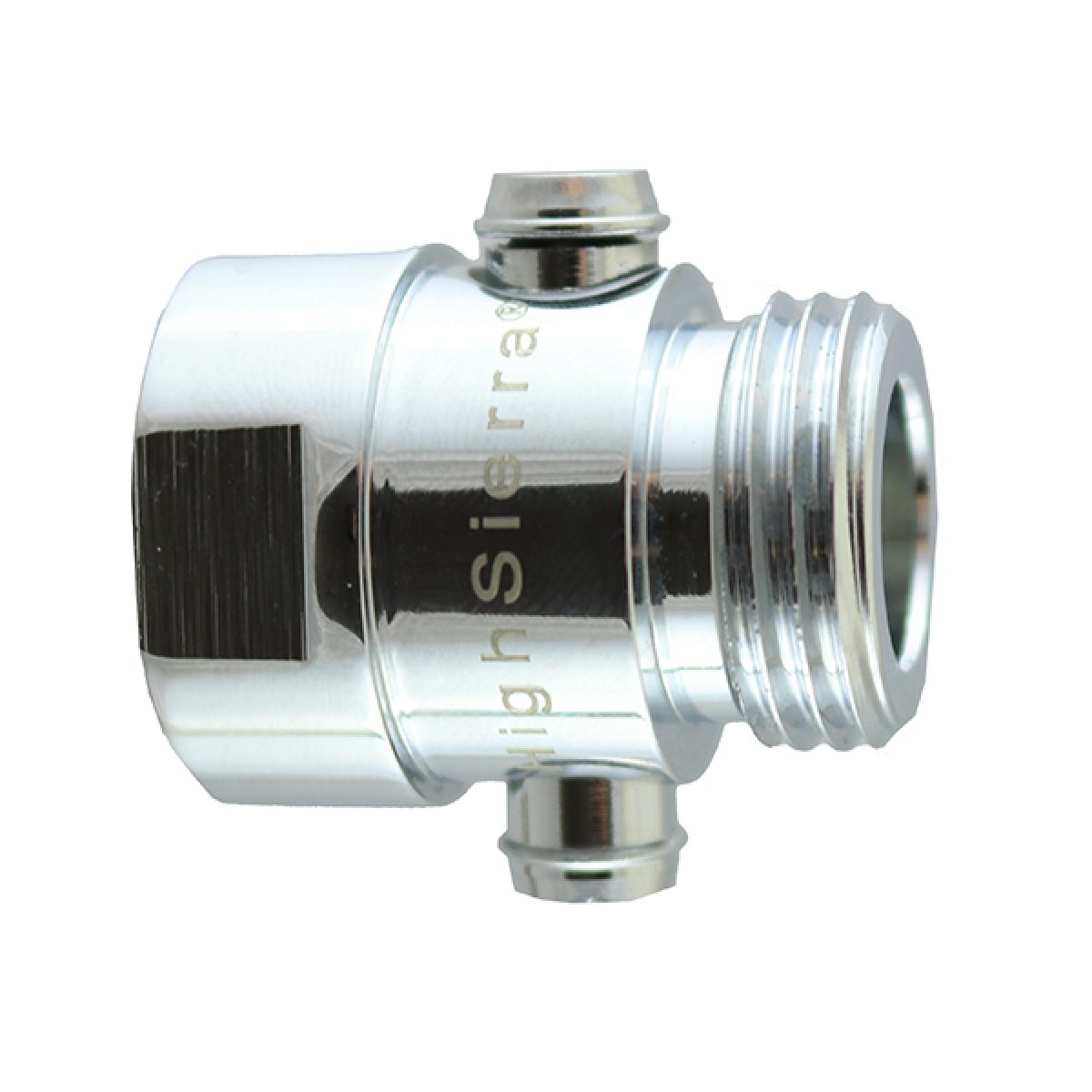
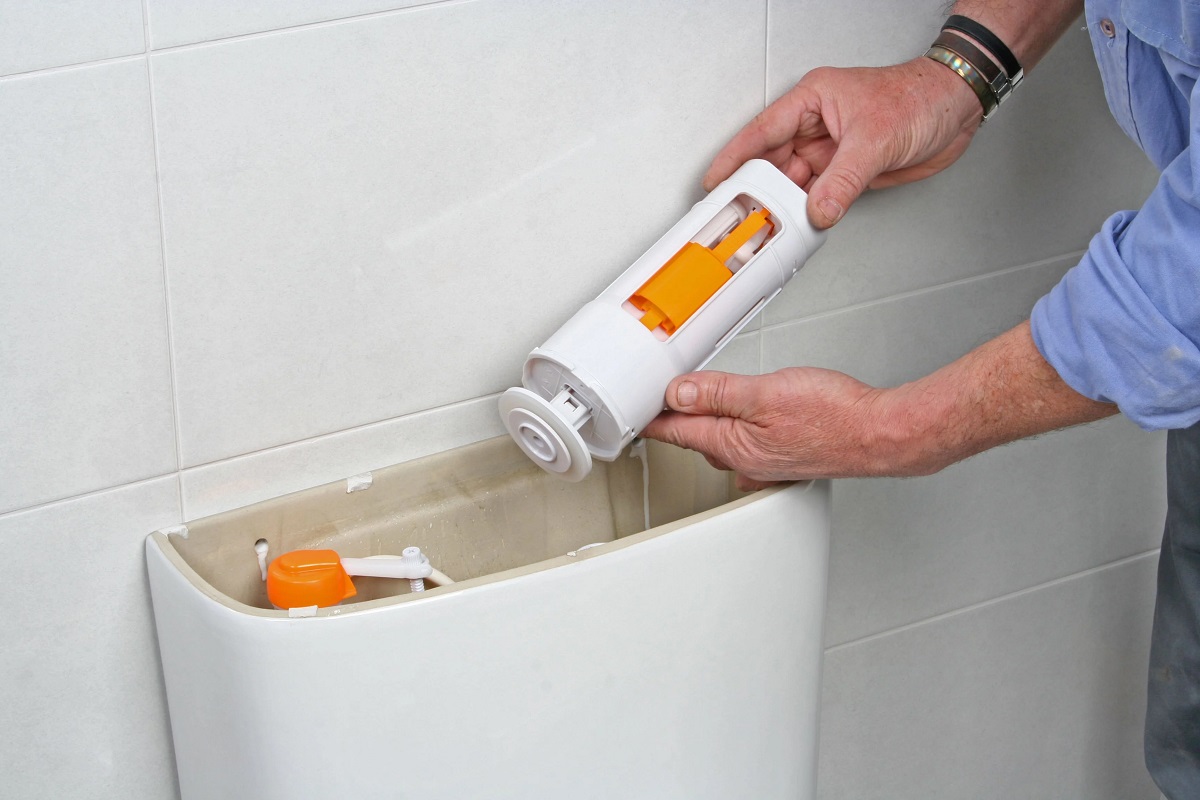
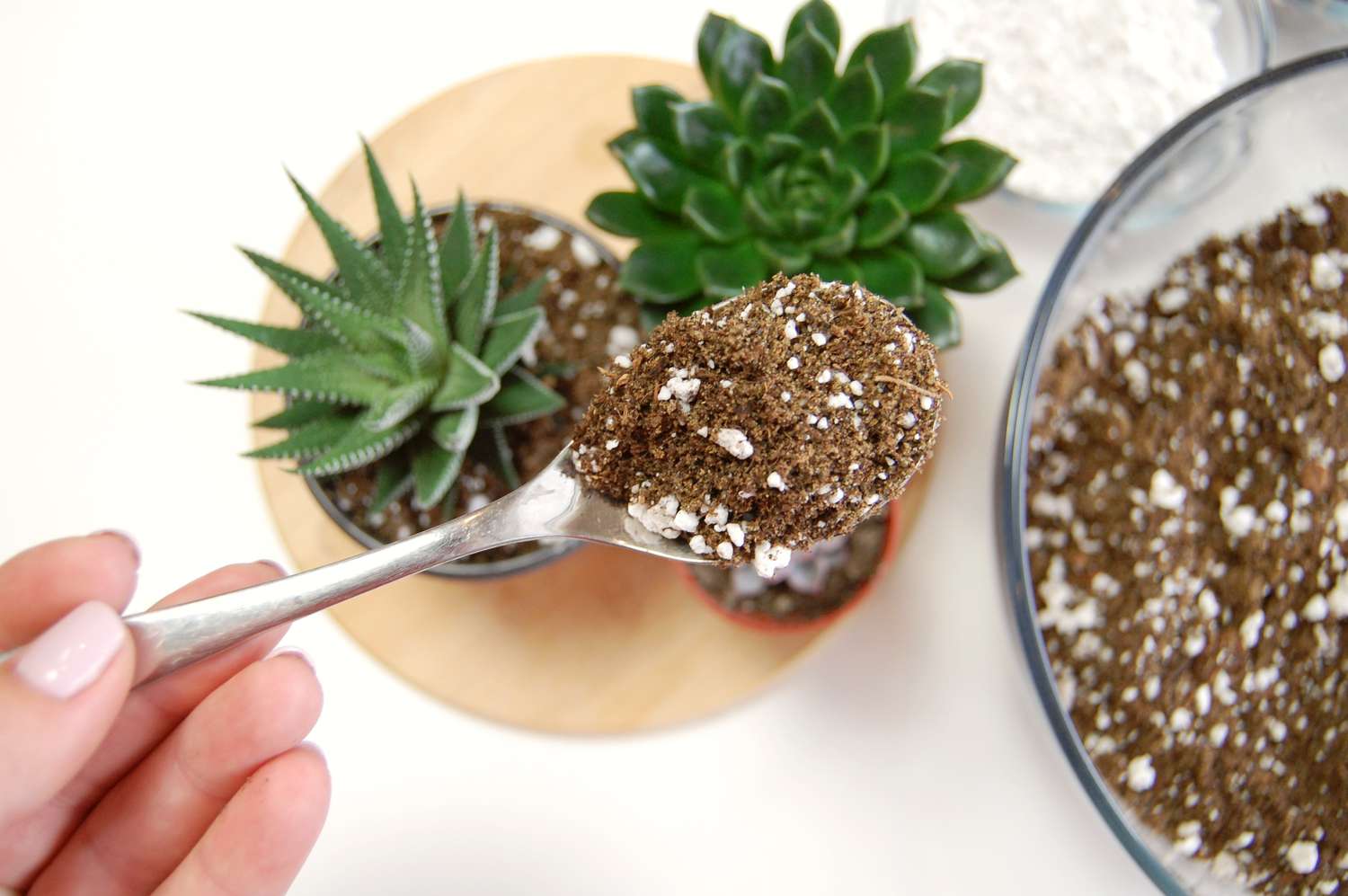
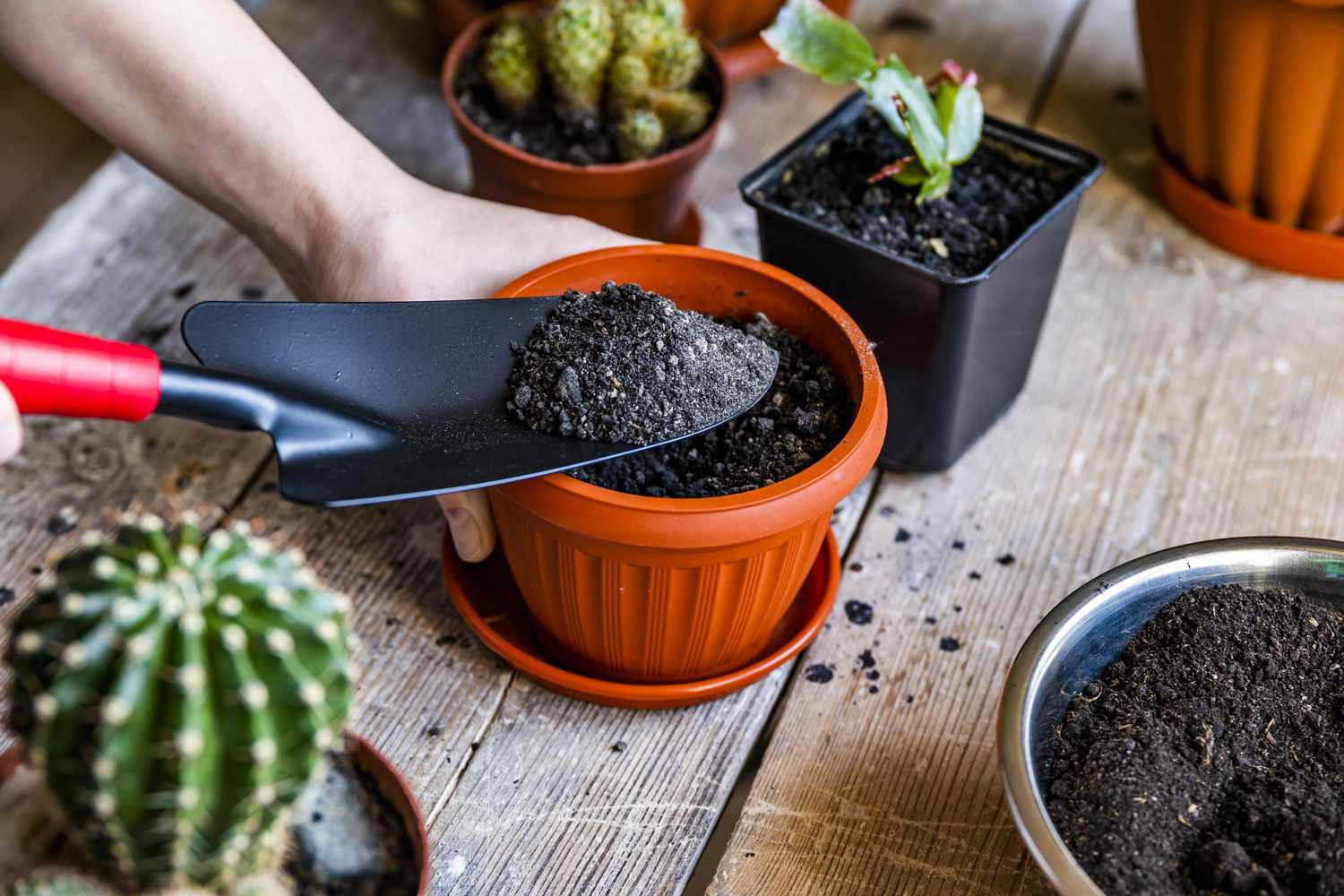
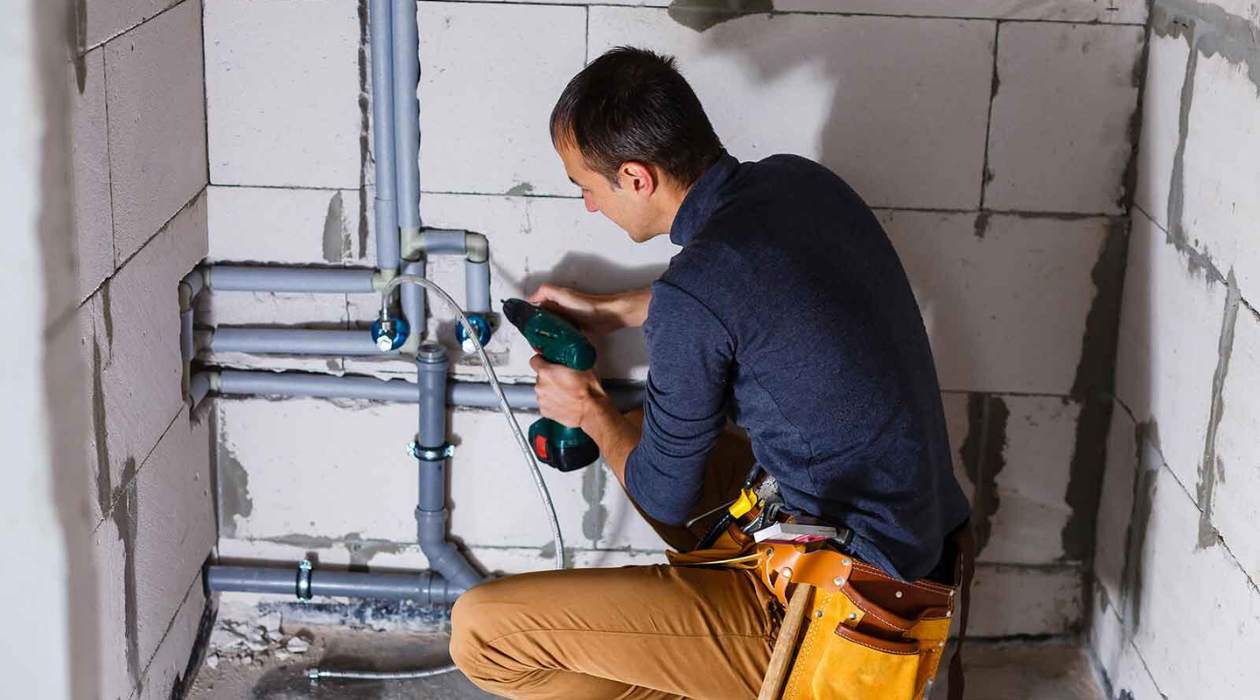
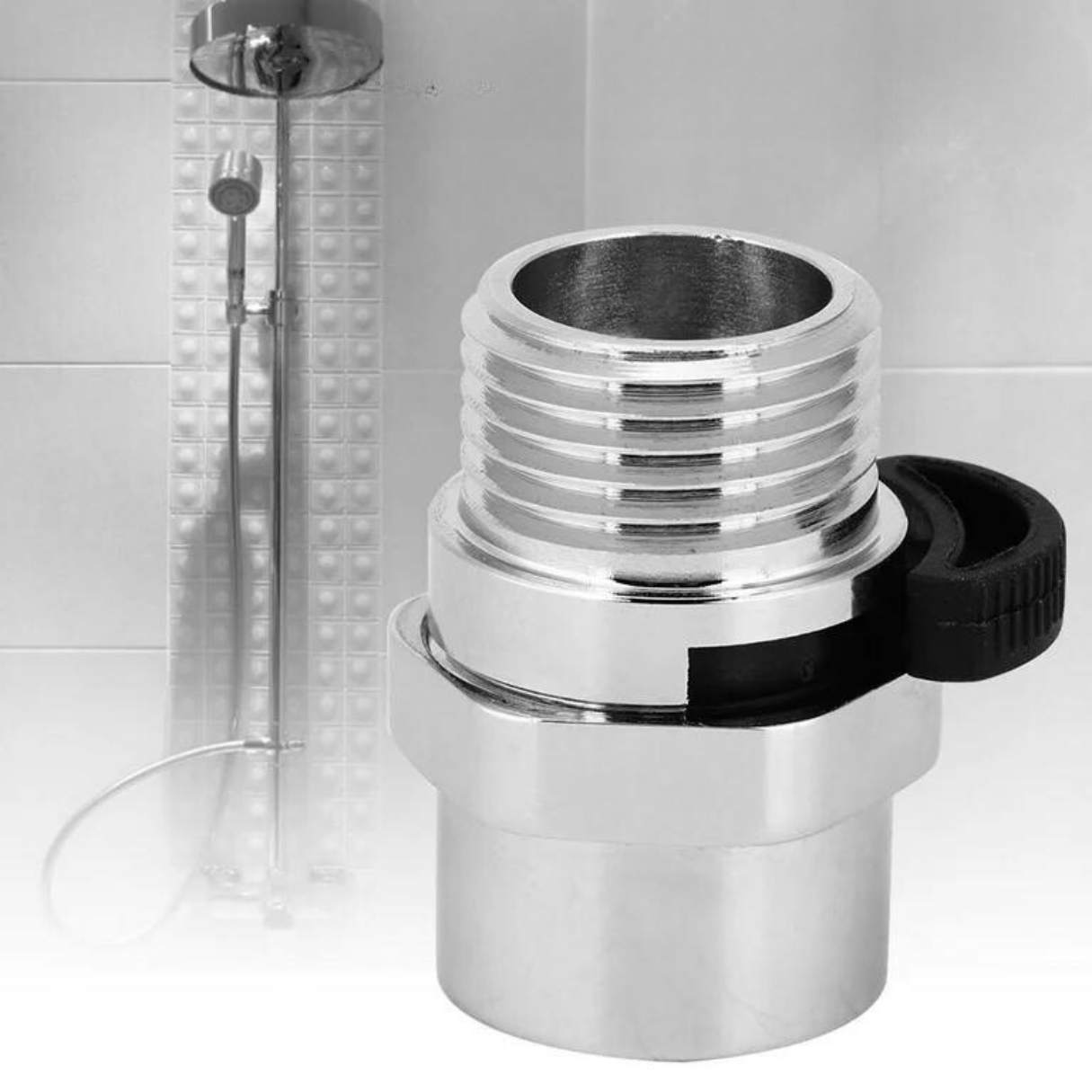
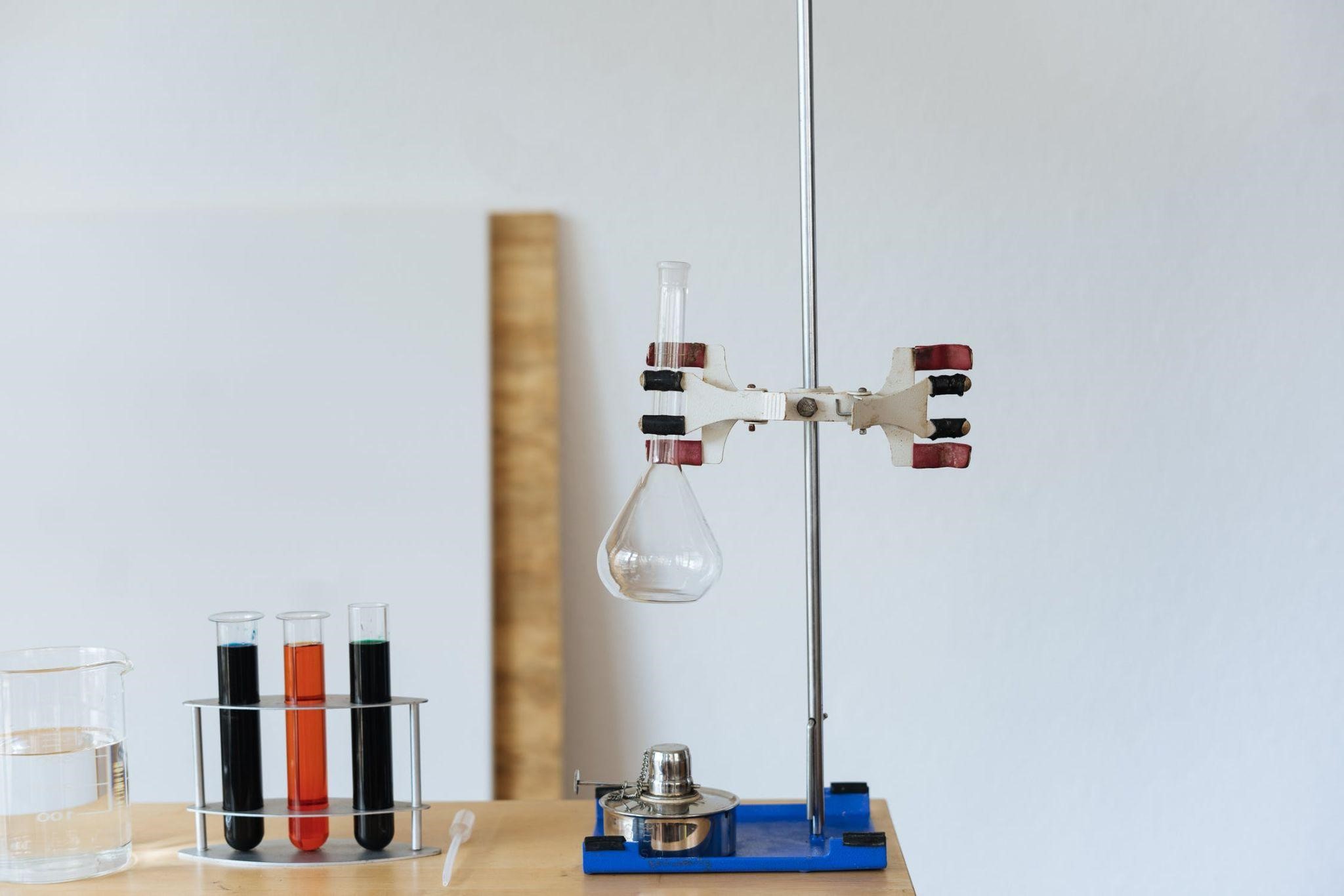

0 thoughts on “What Is A Mixing Valve In Plumbing”